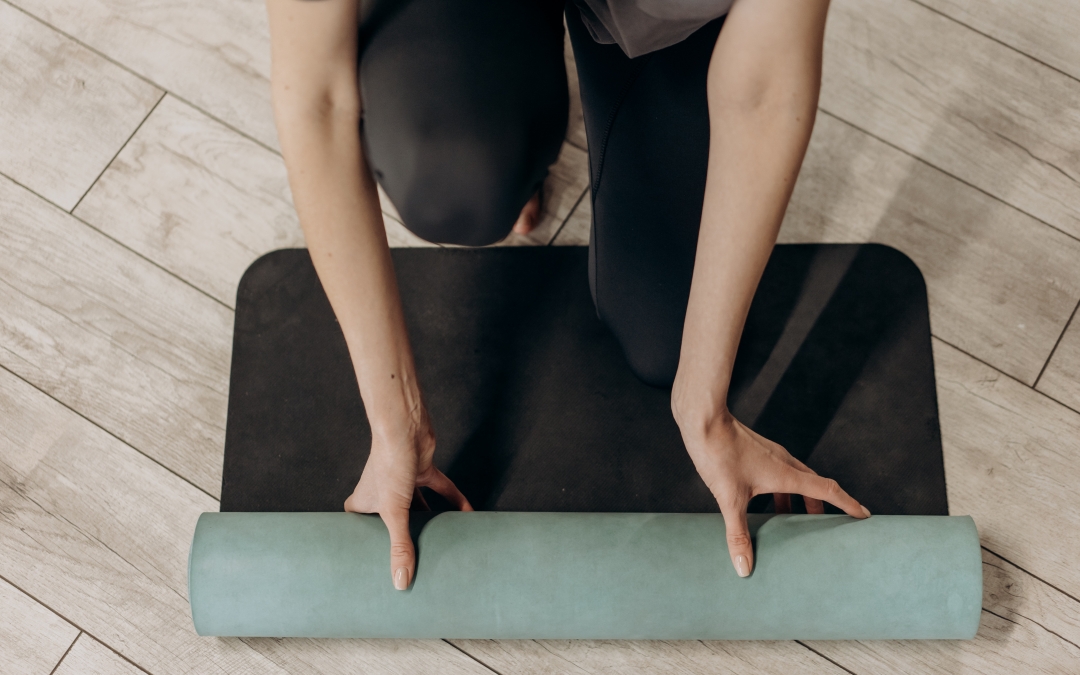It is not uncommon for people to take a quick stumble in their house and wonder why. As individuals age, it is unfortunately very common for an individual to have an unexpected fall. One in every 3 adults over the age of 65 take a serious tumble in their life.”Aging. however, isn’t the only reason people lose their sense of stability,” says A. Lynn Millar, PhD, a professor of physical therapy at Winston-Salem State University. “Balance is really use it or lose it, you can maintain it if you stay active.” (To read more about falls amongst the elderly refer to Falls in the Elderly – American Family Physician (aafp.org)).
People might get concerned due to not having a reason behind their fall, such as tripping on a rug. As individuals age, people become less mobile if they do not keep up with daily activities. It does not mean that you have to complete a hard, strenuous work out for an hour a day. There are many little tips from a physical therapist to improve balance at home for all age groups.
The major pro is that a lot of these activities can be completed in the comfort of your home! Strengthening your core and lower extremities muscles are most important to maintaining an upright posture to stay stable while going through your activities of daily living.
The following are simple tips from a physical therapist to improve balance at home and strengthen your postural muscles to keep you upright and decrease the risk of future falls.
- Practicing a single leg stance. Find a safe area, with something hip or chest height which will not move. Practice standing on one leg at a time, slowly and controlled. Increasing the seconds held, each time, while holding on. This will help challenge one leg at a time and help strengthen the quads, glutes and hamstrings in bilateral legs. 2. Heel toe walking. Again, find a stable surface or have someone stand by holding on. Walk slowly, heel toe, they do not have to touch.
- Mini squats while holding on to a stable surface. Squat slowly, just to feel tension in your lower extremities and raise back up. Do not go too low where you will not be able to recover.
- Take up yoga, chair yoga on youtube is a great start!
- Get enough sleep. 7-9 hours is recommended to feel your best.
- Frequent walks. Throughout your day, if you find yourself sitting too much, stand up and take a short 5-10 minute walk, multiple times a day to loosen up any stiff muscles.
- Tai Chi. This work out technique incorporates a lot of weight shifting combinations.
- Sit to Stand. In a safe, sturdy chair with arms. Practice going from sitting to standing, engaging your core and standing upright once you push out of the chair.
- Alternating marches & heel raises at a stable surface. Practice going up on your toes and slowly lowering down. Also, incorporate a slow march in order to pick up your feet fully, which will help with ambulating and decreasing tripping due to dragging your feet.
- Lastly, scan a head and take your time when moving around your home and going out into the public.
(For more exercises for seniors with poor balance visit Top 10 Elderly Balance Exercises to Improve Balance and Coordination – Updated for 2022 – AgingInPlace.org).
If you are noticing an increase of falls, or truly falls in general…seek additional help. Physical and Occupational Therapy can help assist in any modifications and advice that would be needed to help keep you safe! (To read more on the benefits of exercise refer to Benefits of Physical Activity | Physical Activity | CDC).



